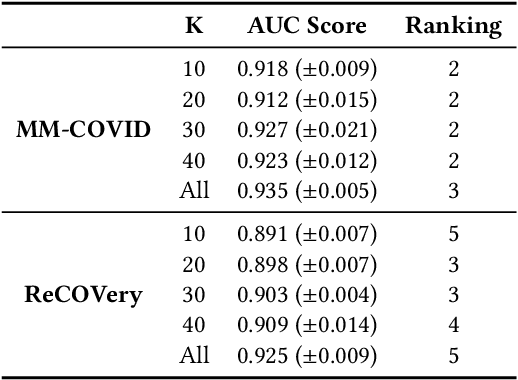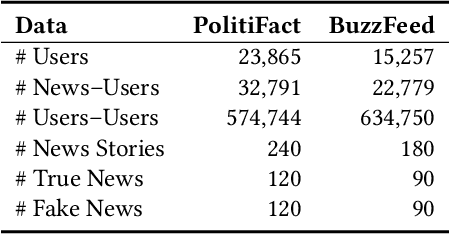Vir V. Phoha
Formalizing PQRST Complex in Accelerometer-based Gait Cycle for Authentication
May 14, 2022



Abstract:Accelerometer signals generated through gait present a new frontier of human interface with mobile devices. Gait cycle detection based on these signals has applications in various areas, including authentication, health monitoring, and activity detection. Template-based studies focus on how the entire gait cycle represents walking patterns, but these are compute-intensive. Aggregate feature-based studies extract features in the time domain and frequency domain from the entire gait cycle to reduce the number of features. However, these methods may miss critical structural information needed to appropriately represent the intricacies of walking patterns. To the best of our knowledge, no study has formally proposed a structure to capture variations within gait cycles or phases from accelerometer readings. We propose a new structure named the PQRST Complex, which corresponds to the swing phase in a gait cycle and matches the foot movements during this phase, thus capturing the changes in foot position. In our experiments, based on the nine features derived from this structure, the accelerometer-based gait authentication system outperforms many state-of-the-art gait cycle-based authentication systems. Our work opens up a new paradigm of capturing the structure of gait and opens multiple areas of research and practice using gait analogous to the "QRS complex" structure of ECG signals related to the heart.
"This is Fake! Shared it by Mistake": Assessing the Intent of Fake News Spreaders
Feb 13, 2022



Abstract:Individuals can be misled by fake news and spread it unintentionally without knowing it is false. This phenomenon has been frequently observed but has not been investigated. Our aim in this work is to assess the intent of fake news spreaders. To distinguish between intentional versus unintentional spreading, we study the psychological explanations of unintentional spreading. With this foundation, we then propose an influence graph, using which we assess the intent of fake news spreaders. Our extensive experiments show that the assessed intent can help significantly differentiate between intentional and unintentional fake news spreaders. Furthermore, the estimated intent can significantly improve the current techniques that detect fake news. To our best knowledge, this is the first work to model individuals' intent in fake news spreading.
Fake News Early Detection: A Theory-driven Model
Apr 26, 2019



Abstract:The explosive growth of fake news and its erosion of democracy, justice, and public trust has significantly increased the demand for accurate fake news detection. Recent advancements in this area have proposed novel techniques that aim to detect fake news by exploring how it propagates on social networks. However, to achieve fake news early detection, one is only provided with limited to no information on news propagation; hence, motivating the need to develop approaches that can detect fake news by focusing mainly on news content. In this paper, a theory-driven model is proposed for fake news detection. The method investigates news content at various levels: lexicon-level, syntax-level, semantic-level and discourse-level. We represent news at each level, relying on well-established theories in social and forensic psychology. Fake news detection is then conducted within a supervised machine learning framework. As an interdisciplinary research, our work explores potential fake news patterns, enhances the interpretability in fake news feature engineering, and studies the relationships among fake news, deception/disinformation, and clickbaits. Experiments conducted on two real-world datasets indicate that the proposed method can outperform the state-of-the-art and enable fake news early detection, even when there is limited content information.
Continuous Authentication Using One-class Classifiers and their Fusion
Oct 30, 2017



Abstract:While developing continuous authentication systems (CAS), we generally assume that samples from both genuine and impostor classes are readily available. However, the assumption may not be true in certain circumstances. Therefore, we explore the possibility of implementing CAS using only genuine samples. Specifically, we investigate the usefulness of four one-class classifiers OCC (elliptic envelope, isolation forest, local outliers factor, and one-class support vector machines) and their fusion. The performance of these classifiers was evaluated on four distinct behavioral biometric datasets, and compared with eight multi-class classifiers (MCC). The results demonstrate that if we have sufficient training data from the genuine user the OCC, and their fusion can closely match the performance of the majority of MCC. Our findings encourage the research community to use OCC in order to build CAS as they do not require knowledge of impostor class during the enrollment process.
 Add to Chrome
Add to Chrome Add to Firefox
Add to Firefox Add to Edge
Add to Edge